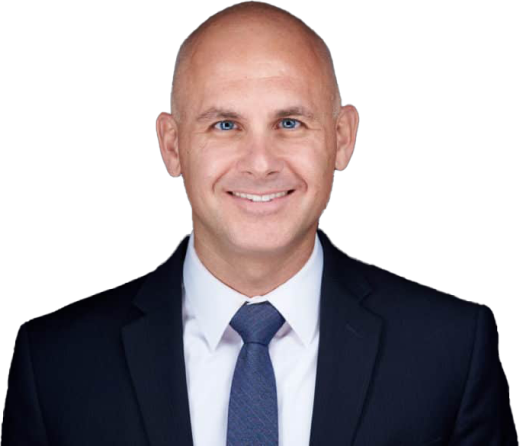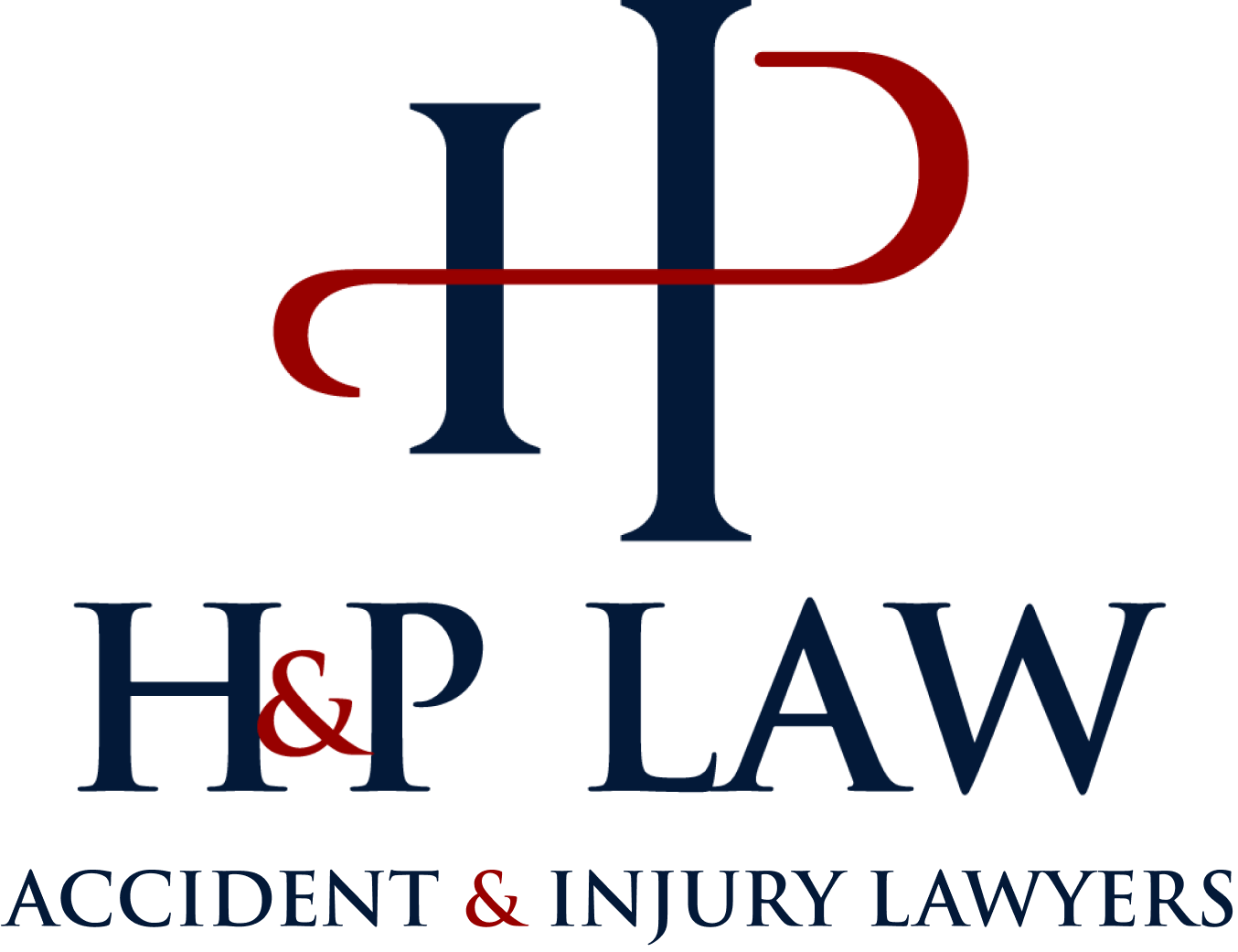
Motorcycle helmets are essential in protecting riders from a serious personal injury in the event of a crash. However, not all helmets are manufactured equally. Read on for important questions to ask when shopping for a quality motorcycle helmet.
Inner Liner Thickness
Generally, helmets that meet the minimum federal safety standards have an expanded polystyrene inner liner that is at least three-quarters of an inch thick. This stiff foam, which has the appearance of Styrofoam, can greatly reduce the impact and subsequent severity of personal injury in the event of a motorcycle crash.
Compared to safe helmets, unsafe helmets tend to have an inner liner that is less than three-quarters of an inch thick, include only a soft foam padding liner, or even lack an inner liner entirely.
DOT Certification
Any helmet being considered for purchase should include the DOT symbol on the outside rear; this symbol indicates that the helmet meets the NHTSA’s Federal Motor Vehicle Safety Standard (FMVSS) No. 218.
Although the NHTSA does not approve motorcycle helmets or any other piece of motor vehicle equipment, they do conduct tests on some helmets to make sure they meet their standards for safety and overall prevention of personal injury. When helmets do not satisfy the NHTSA’s standards, a formal recall is issued, requiring that the helmet be removed from stores. Findings of such tests are posted to an online database for review.
Chin Strap and Rivet Quality
For motorcycle riders, few things are more frightening than having your chin strap disconnect in the middle of a ride. Safe helmets have sturdy chin straps and rivets capable of staying tight under the strong forces exerted from riding at high speeds.
Helmet Weight
Although there is no set weight limit for a safe helmet, in general, safe helmets are heavier than unsafe helmets. Helmets that meet the NHTSA’s safety standard typically weigh about three pounds, as opposed to unsafe and non-compliant helmets that can weigh one pound or less. In addition to the DOT safety certification sticker, a prospective buyer can perform a “feel test” to get an idea of how substantial a motorcycle helmet feels in their hands and on their head.

Helmet Design
DOT safety standards do not allow any rigid protrusions to extend farther than a fifth of an inch from the surface of the helmet. The only exception to this rule is if the protrusions are necessary for the operation of essential accessories or devices. A common example is the use of visor fasteners as opposed to spikes or other decorative elements on a helmet.
While both partial and full coverage motorcycle helmets can protect a rider from personal injury, in general, the more a helmet covers the more protection it can provide. Signs of an unsafe helmet interior include the absence of an inner liner, a flimsy or thin outer shell, a thin comfort liner, a thin chin strap, and flimsy rivets. These features tend to be more commonly found on helmets that only cover the top of the head as opposed to full coverage helmets that include a visor/face shield and lower face and chin protector.
Professional Legal Counsel in Las Vegas
For years, the attorneys at H&P Law have been helping personal injury victims in Las Vegas fight for compensation for their injuries after a motorcycle crash. Contact H&P Law today to discuss your case.




